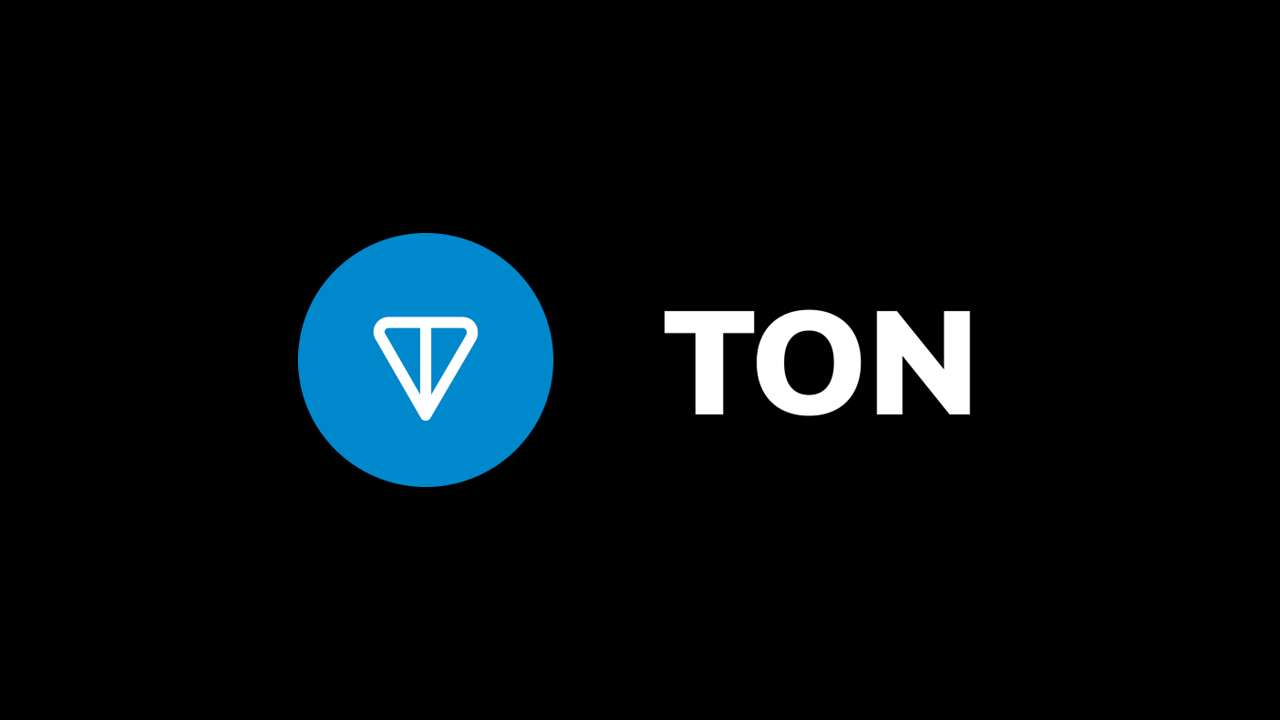Ripple CEO Brad Garlinghouse unleashed a deepfake-fueled volley across the digital landscape this week, aiming his sights at social media platforms and regulators for their sluggish response to a surge in sophisticated XRP-linked scams.
The company’s ire stems from a recent deepfake video featuring an unnervingly realistic AI-imposter Garlinghouse promising airdrops and doubling investors’ XRP holdings.
This incident, coupled with the SEC’s own social media account falling prey to hackers due to basic security negligence, paints a troubling picture of escalating threats and lax defenses in the cryptoverse.
Ripple CEO Cries Foul On Deepfake Video
The deepfake video, promoted as an ad on the social media platform X, used synthetic Garlinghouse to lure unwary XRP holders. The convincing digital doppelganger enticed viewers with a fictitious airdrop, urging them to scan a QR code and “hurry up” before the limited offer expired.
Yep, you’d be surprised how often the Ripple team reports these scams, with no real recourse for innocent consumers from the platforms themselves. Completely irresponsible for @X and @YouTube to allow these to pass scrutiny as paid ads!
— Brad Garlinghouse (@bgarlinghouse) January 10, 2024
This marks a disturbing level of sophistication in crypto scams, leveraging cutting-edge technology to exploit investor trust.
The frustration of the Ripple CEO isn’t new. The company has long battled fraudulent content impersonating its executives and branding. Legal action against YouTube for failing to address such content highlights the persistent struggle platforms face in policing their digital frontiers.
The Ripple big boss’ deepfake criticism echoes a wider industry concern: are social media giants doing enough to shield users from harmful and deceptive content, especially in the fast-paced and often opaque world of crypto?
Beyond platform accountability, the SEC’s latest social media fumble raises eyebrows about regulatory preparedness.
Hackers Highjack SEC Social Media Account
Scammers took over the official SEC social media account and spread false information about the approval of spot-based Bitcoin exchange-traded funds, adding insult to injury for the industry’s security situation.
We can confirm that the account @SECGov was compromised and we have completed a preliminary investigation. Based on our investigation, the compromise was not due to any breach of X’s systems, but rather due to an unidentified individual obtaining control over a phone number…
— Safety (@Safety) January 10, 2024
This breach exposes a potentially wider vulnerability within the financial regulatory landscape, raising questions about data security and incident response protocols.
Ripple’s chief legal officer, Stuart Alderoty, aptly criticized the SEC for failing to adhere to its own cybersecurity disclosure rules.
Senators Thom Tillis and J.D. Vance have written to the commission requesting an explanation for its breach in cybersecurity.
This incident underscores the regulatory fog surrounding cryptocurrency, where uncertainties regarding asset classification and market rules create fertile ground for scammers to flourish.
The Garlinghouse deepfake saga and the SEC’s security lapse serve as stark reminders of the evolving threats in the crypto space. Platforms must urgently step up their content moderation game, employing advanced detection tools and prioritizing user protection.
Regulators, meanwhile, need to clarify the crypto rulebook and tighten their own security belts. For investors, vigilance is paramount. Verifying information, practicing healthy skepticism, and demanding greater platform and regulatory accountability are crucial defenses against the wolves in digital sheep’s clothing.
Featured image from Freepik






